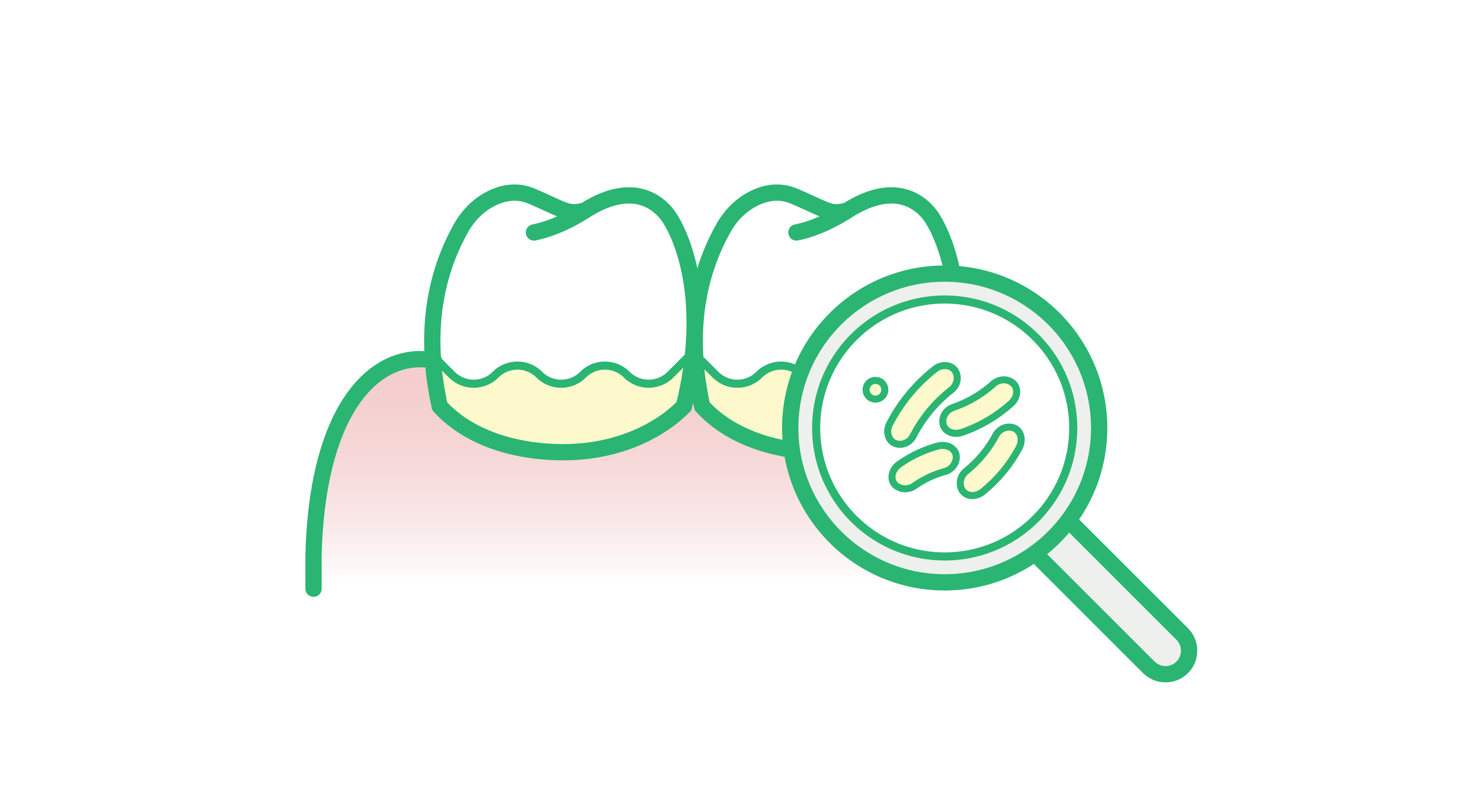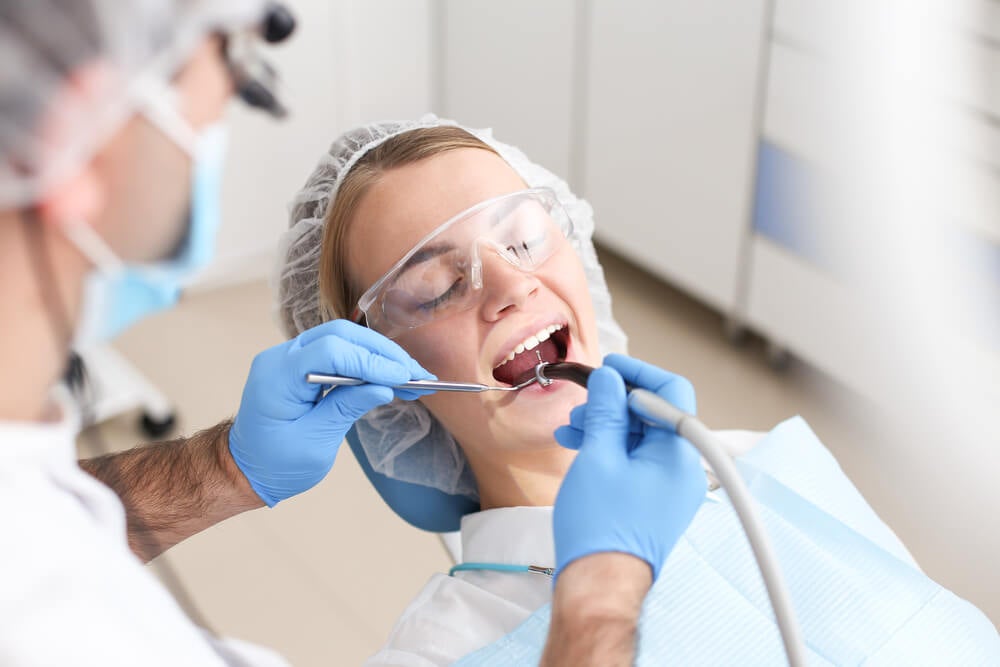
How Lifestyle Factors Affect Periodontal Disease
This article is part of a 5-part series exploring the casualty of periodontal disease. Lifestyle factors are one of five confirmed major risk factors for periodontal disease.

The other four risk factors are explored in other articles.
They include:
- the subgingival bacterial biofilm on both the tooth root surface and on the epithelial lining
- genetic risk factors and epigenetic modifications
- systemic diseases
- miscellaneous factors
For each individual periodontitis case, the relative contribution of each of these five factors will vary and will require clinical and where possible interdisciplinary judgment to be determined accurately.
In general, however, the younger the patient, the more likely that genetics has played an outsized role in the development of the patient’s periodontal disease. Conversely, the older the patient, the larger other factors tend to play a role, such as lifestyle.
The lifestyle factors associated with the risk of periodontal disease have been the subject of a great variety of medical and scientific studies. These studies have found that many lifestyle factors increase the risk of periodontal disease, primarily by impacting the immune system’s response to oral bacteria or by compromising the structural integrity of the jaw and teeth.
Keeping patients informed about how their lifestyle choices and habits affect their oral health is a key priority for dental practitioners and can play a major role in driving prevention and better treatment outcomes.
This article will examine specific lifestyle factors that increase the risk of periodontal disease development and severity, and provide recommendations for how patients can modify these lifestyle factors to lower their personal risk.
Specific lifestyle factors that increase the risk of periodontal disease
Each of the following lifestyle factors affects a patient’s likelihood of developing periodontal disease:
What does this mean for your patients?
Though several lifestyle factors play a role in the causality of periodontitis, most are modifiable. Patients concerned about their risk of periodontal disease can lower it by modifying these factors.
The relative contribution of each risk factor differs between patients.
It is important to note, however, that for most patients, the greatest factor dictating the risk of periodontal disease is the presence of bacterial biofilm. This risk factor can be modified by practicing good dental hygiene. Therefore, no matter the patient’s risk of periodontitis, the best way they can lower that risk is by practicing regular and effective oral hygiene.
Explore more articles below or find content tailored to your needs on our website, under the "news" section.








